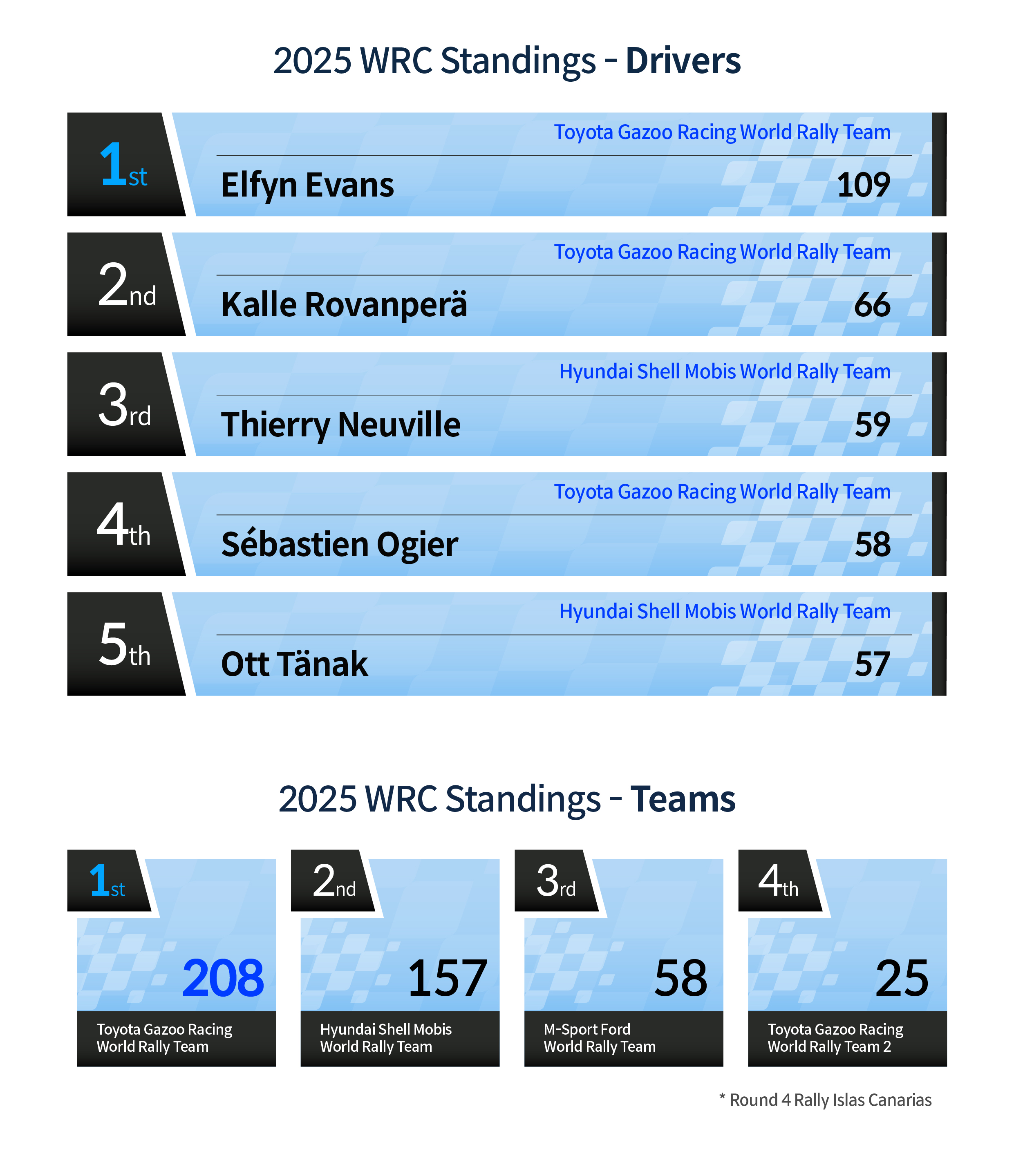
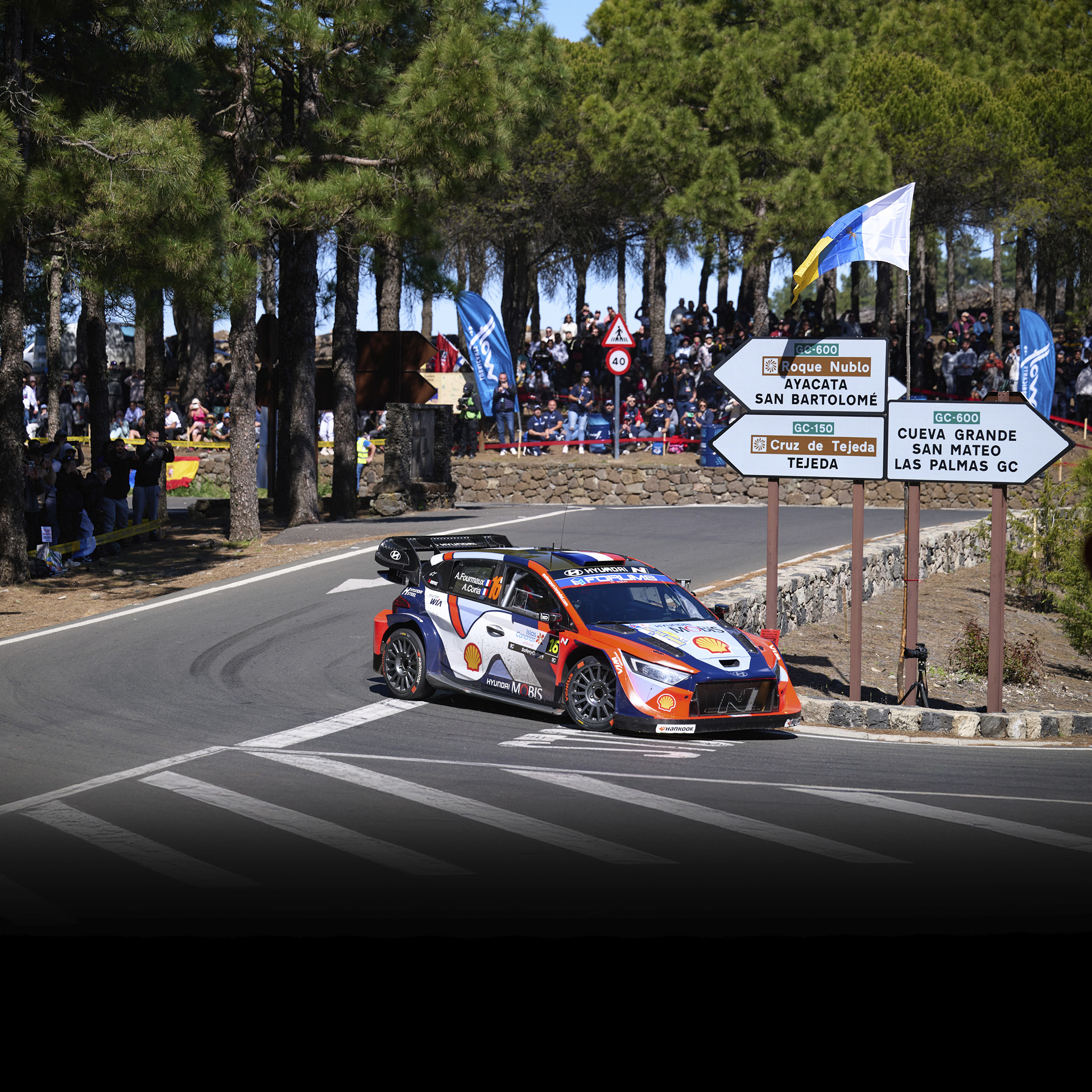


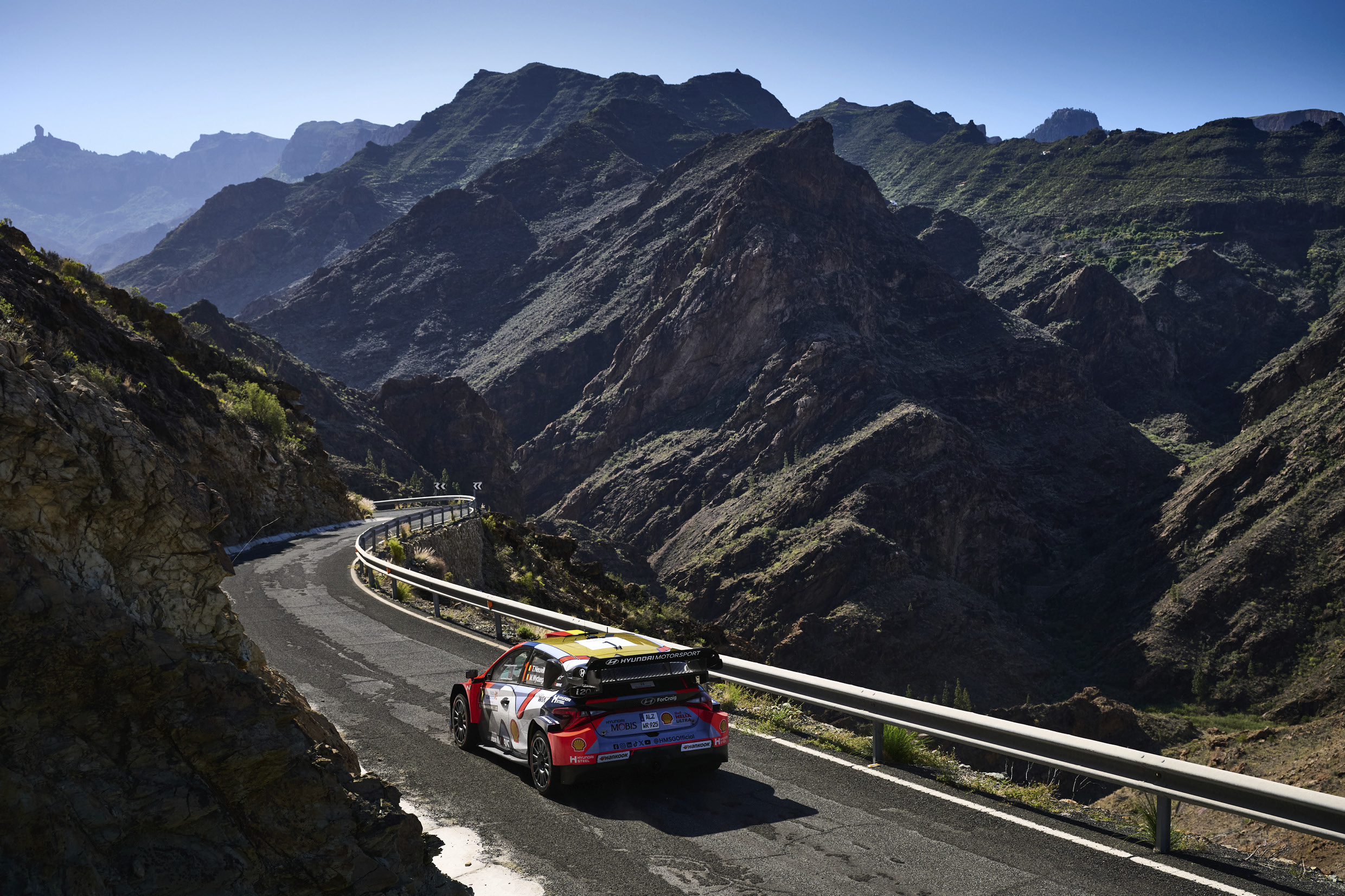
Rally Islas Canarias is an all-new asphalt event for the WRC. After decades bouncing between Spain’s domestic series, the Intercontinental Rally Championship (IRC), and the European Rally Championship (ERC), the 49-year-old rally finally stepped up to the world stage—replacing Rally Catalunya, which last ran in 2022 and bringing Spain back to the WRC calendar after a three-year absence.
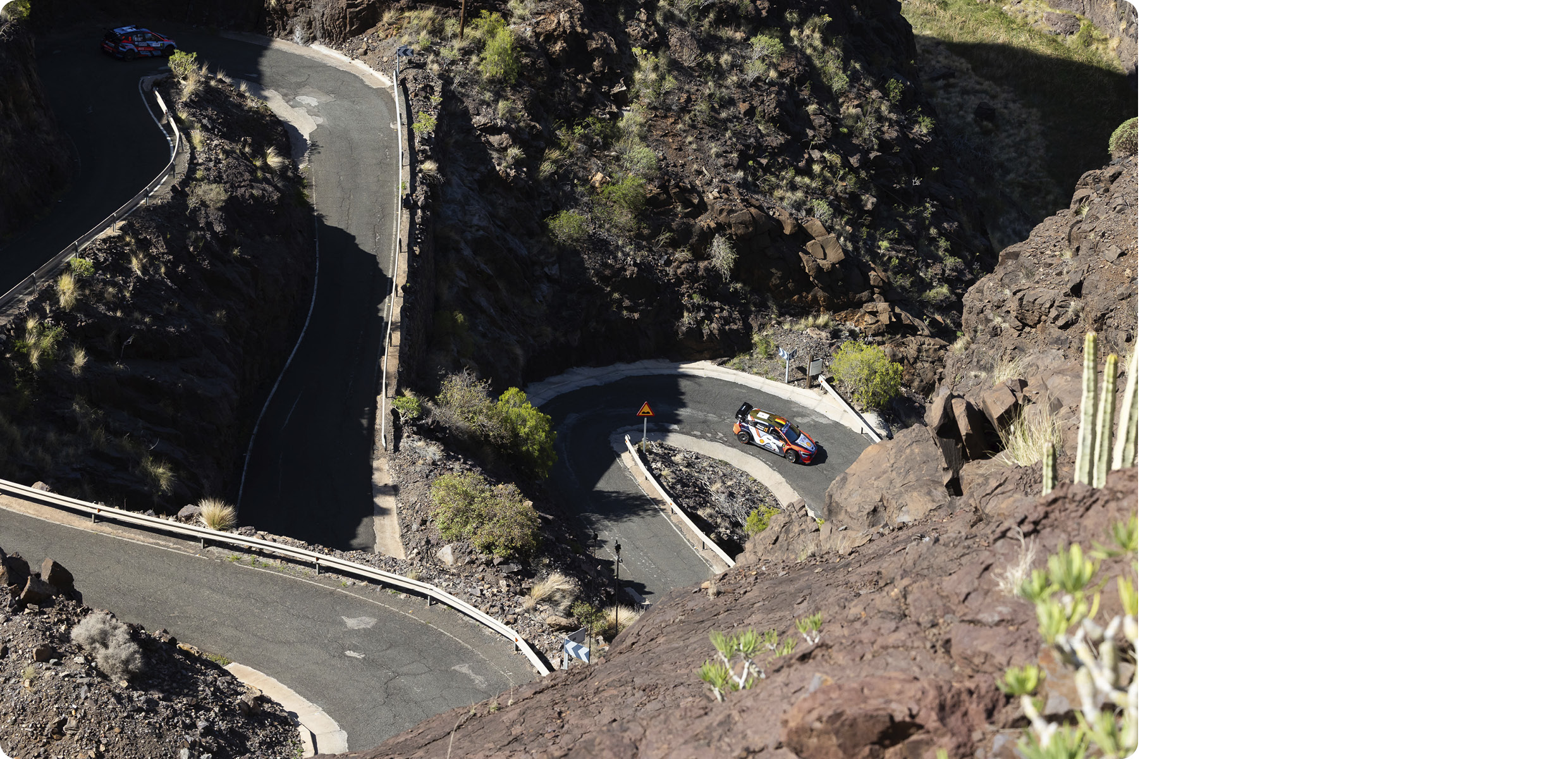
The Canary Islands are Spanish territory set in the Atlantic off northwest Africa—a chain of seven main islands plus numerous islets that forms the nation’s southern-most outpost. Thanks to steady trade winds, the archipelago enjoys a mild, almost year-round spring climate wrapped in stunning scenery, making it a perennial tourist magnet. Gran Canaria, this rally’s host, is the third-largest island after Tenerife and Fuerteventura yet still runs about 15 percent smaller than Korea’s Jeju Island. A patchwork of volcanoes, vast pine forests, and rugged coastline has earned it the nickname “a continent in miniature,” and fully one-third of the island is protected as a UNESCO Biosphere Reserve.
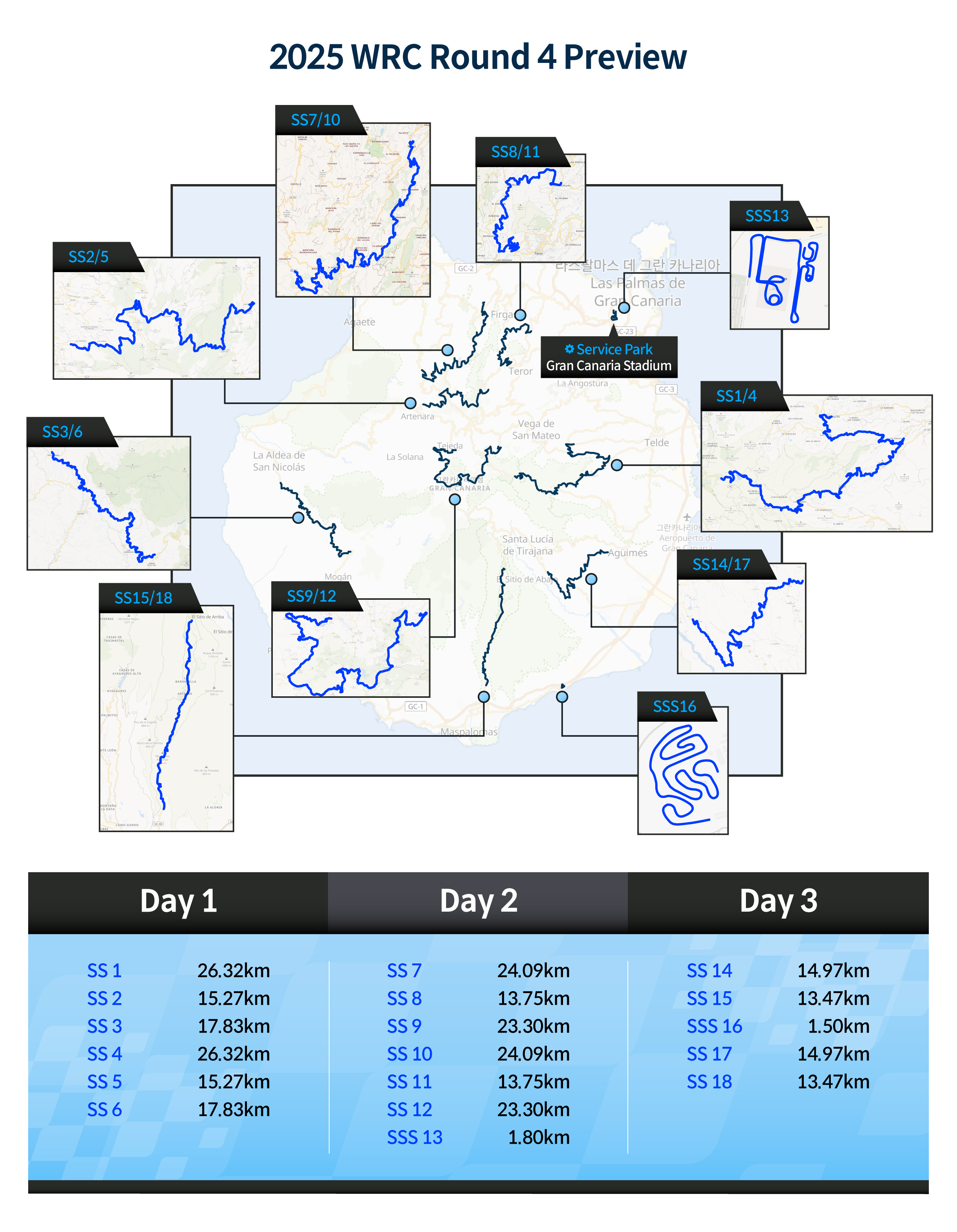
The rally has grown thanks to fervent fan backing. From coastal sprints to mountain passes above 1,700 meters, its never-ending mix of hairpins, climbs, and descents leaves no time to breathe. With hot seaside temps and cool uplands often in the same stage, the weather is a moving target. Still, compared with recent tarmac rounds in Croatia or Central Europe, the Canaries offer remarkably clean pavement with practically no gravel drag.
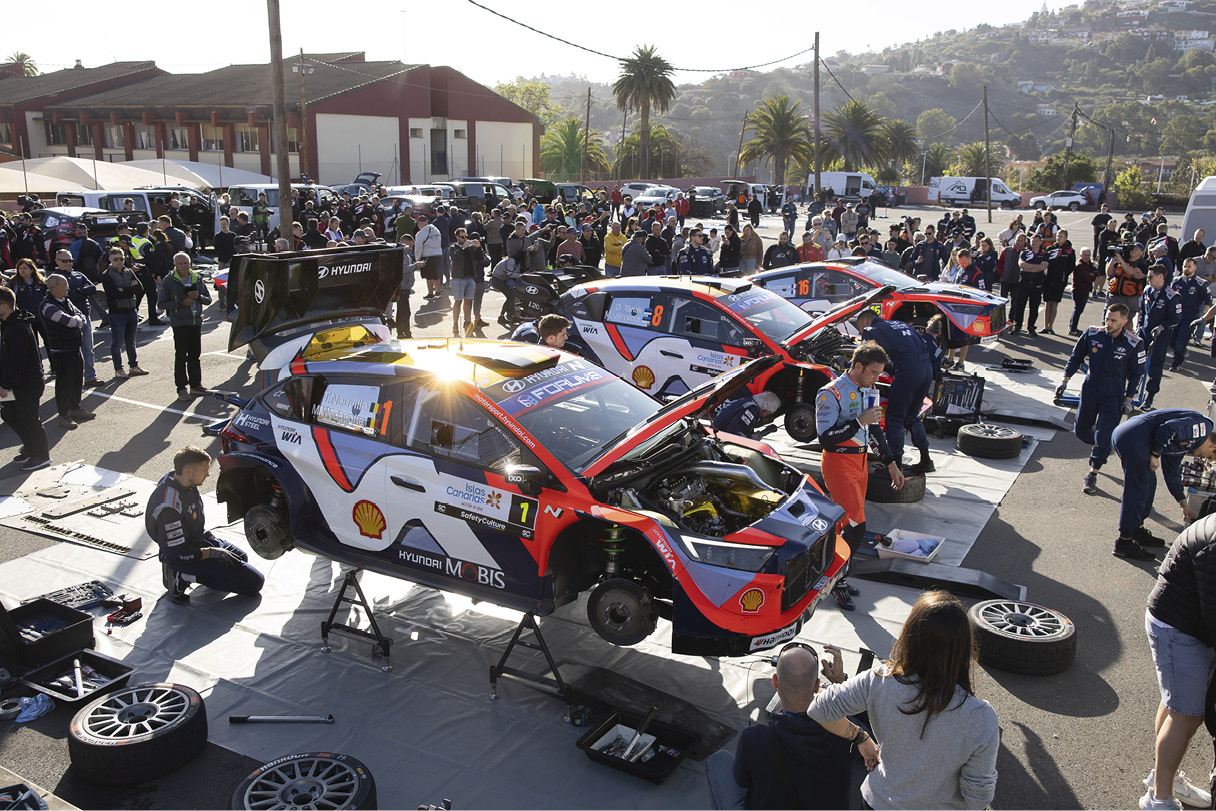
This was the first asphalt outing for Hyundai Motorsport’s updated i20 N Rally1. The team had dispatched engineers to last year’s ERC edition to study the roads and surface makeup and fine-tune the new chassis. A further curveball: unfamiliar Hankook slicks whose grip and wear under high heat and heavy loads remained an open question.
Hyundai stuck with its regular trio—Thierry Neuville, Ott Tänak, and Adrien Fourmaux. Neuville has previous IRC mileage here; Fourmaux scored ERC seat time, too.
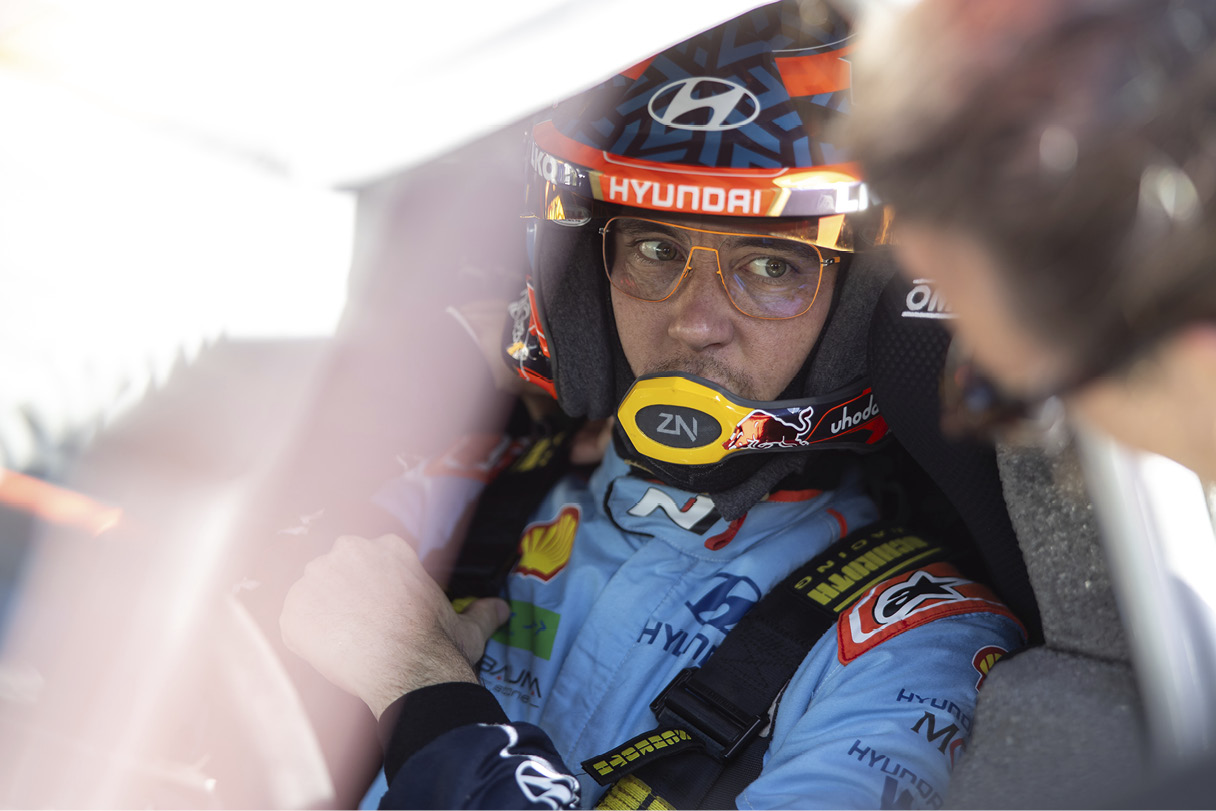
Last year’s champion Neuville is hot on the heels of Toyota’s Elfyn Evans after back-to-back podiums. Nothing fires up the Belgian more than asphalt, and with seven of his 21 career wins coming on sealed surfaces, he’s once again tagged as a prime victory threat. To get his tarmac touch dialed in, Neuville entered the ERC season-opener, Rally Sierra Morena in Andalusia (April 4-6), for one more high-grip shakedown before heading to the Canaries.
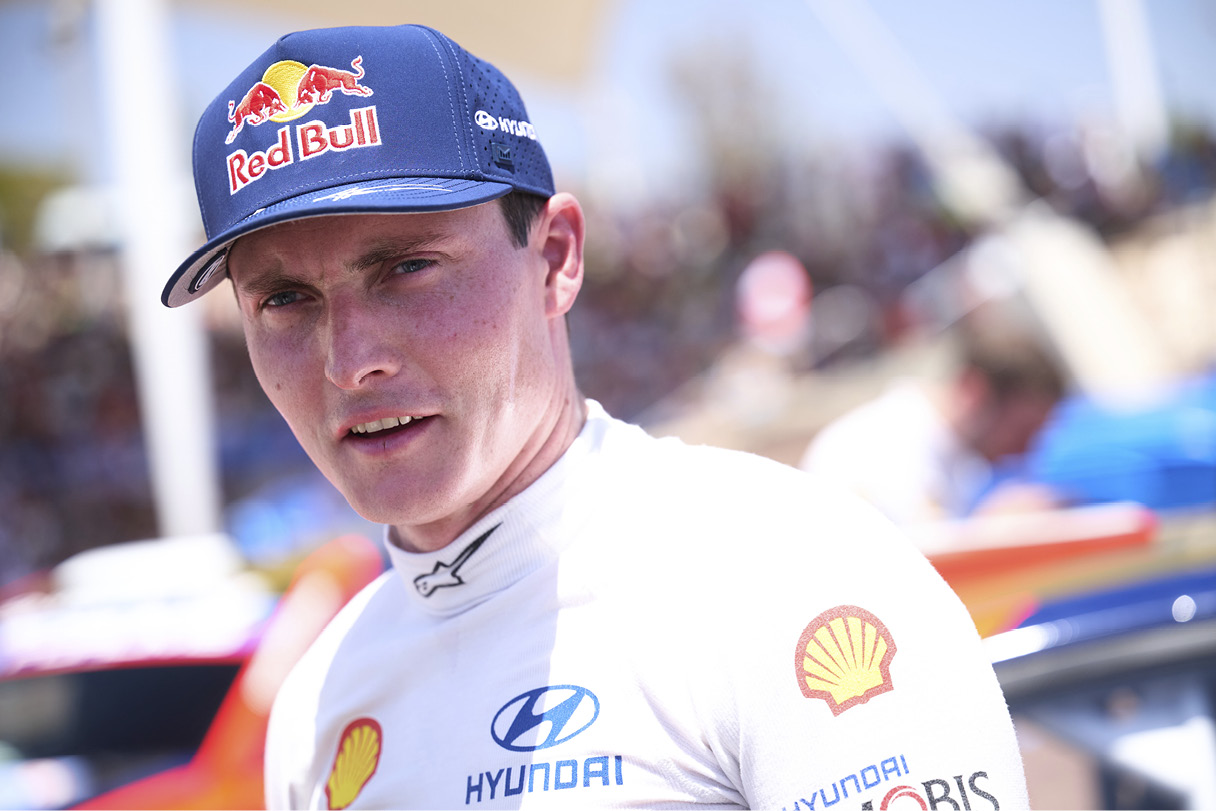
Tänak, fresh from a runner-up finish on the brutal Safari Rally, bagged his first podium of the season and vaulted to third in the standings—firmly in the title hunt. Fourmaux, who powered a Fiesta Rally2 to the overall win on these same roads in 2020, has endured his share of misfortune since his Monte podium but keeps adding steady points to the tally.
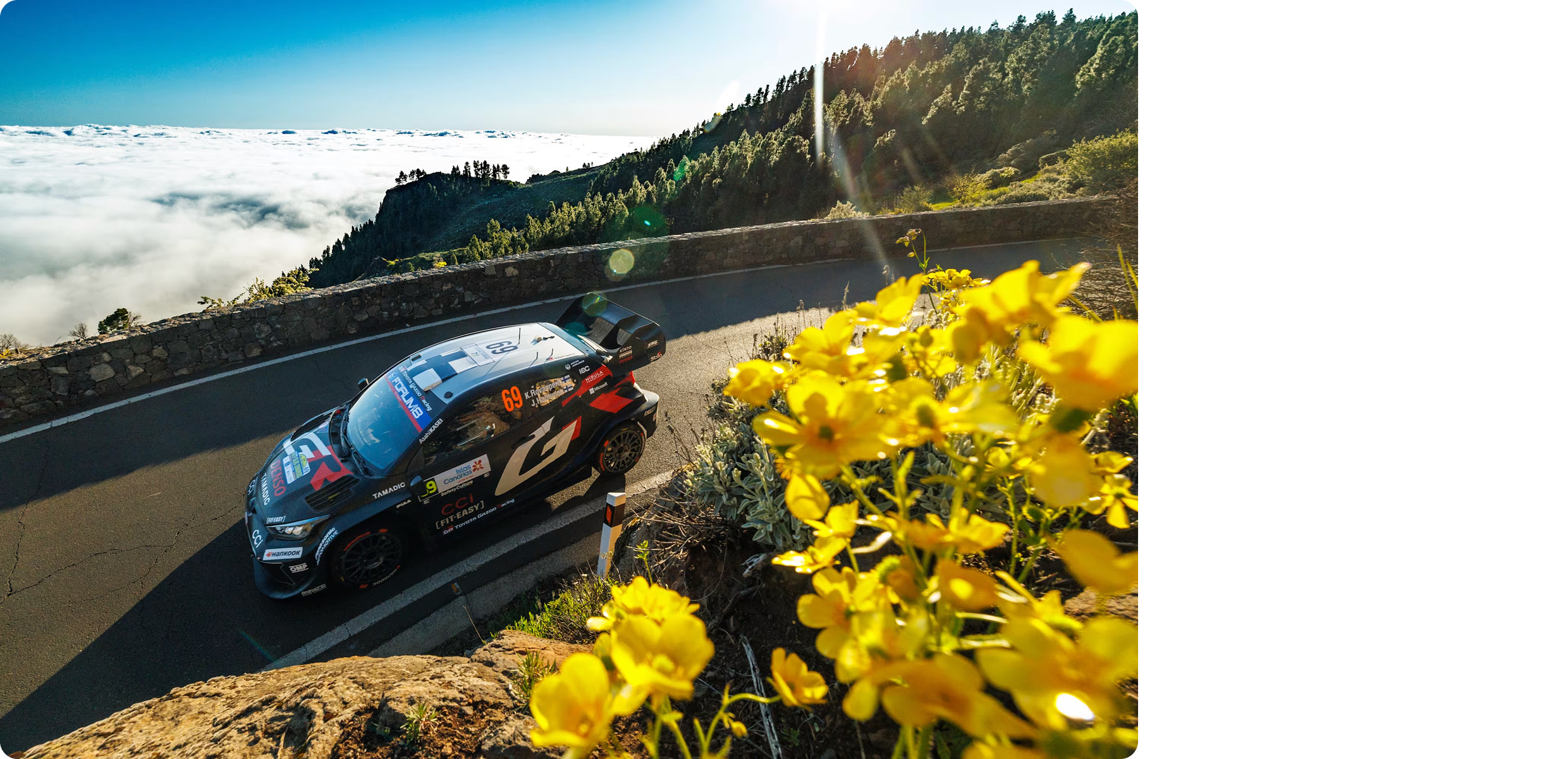
Toyota’s roster is stacked: championship leader Evans, Kalle Rovanperä, Sébastien Ogier, and Takamoto Katsuta—plus a fifth GR Yaris under satellite entry Sami Pajari.
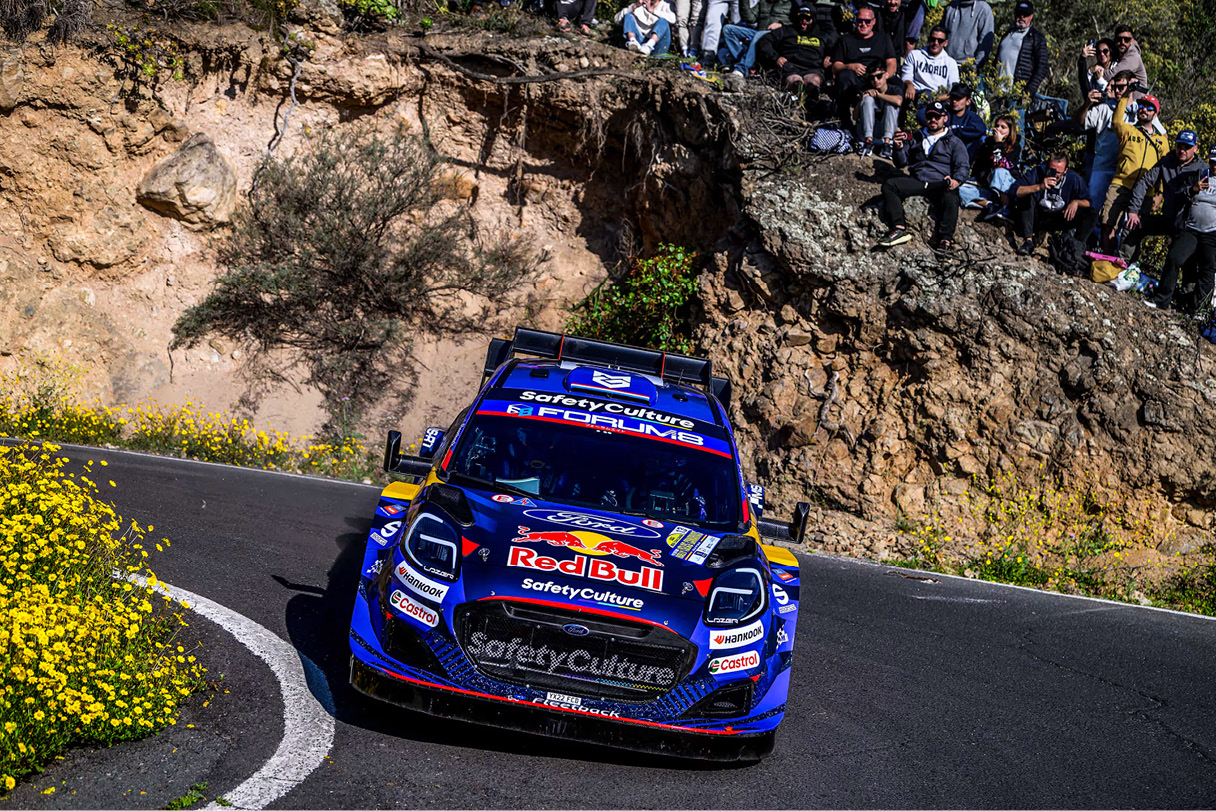
M-Sport Ford brought only Grégoire Munster and Josh McErlean. Munster scored an emotional fifth in Kenya despite losing his grandfather just before the rally, and both drivers already know these Canary stages from past ERC appearances.
The 53-car WRC2 armada features points leader Oliver Solberg, second-placed Yohan Rossel—flanked by younger brother Léo—plus returning challenger Nikolay Gryazin. Local aces are out in force too: 2022 ERC champ Efrén Llarena, Spanish Super-Rally champion Alejandro Cachón, and three-time Islas Canarias winner Luis Monzón headline a deep Spanish bench.

Friday, April 25—The rally fired up in downtown Valsequillo, deep in Gran Canaria’s interior. SS1 Valsequillo–Telde climbs a narrow, serpentine gorge—26.32 km that reward smooth rhythm and serious commitment.
SS2 Valleseco–Artenara is a 15.27 km high-speed mix of switchbacks and plunging descents, while west-coast SS3 La Aldea–Mogán starts with a punishing uphill before diving into a long, technical downhill—often cloaked in dense summit fog, putting driver skill and co-driver notes under the microscope.
Toyota’s Kalle Rovanperä lit the fuse Friday morning and never surrendered the lead. Video: WRC (https://www.wrc.com)
Rovanperä blasted to the front with Evans and Ogier slotting in behind, giving Toyota an early stranglehold. The Finn swept SS2 and SS3 as well, building a 17.8-second cushion over Ogier by midday. Hyundai’s trio, meanwhile, groped for a workable tarmac setup—Hankook’s hard slick simply didn’t gel with the fresh chassis in these conditions. Fourmaux sat fourth behind Evans; Tänak and Neuville languished seventh and eighth, more than 40 seconds adrift.
Hyundai struggled as the new chassis and Hankook slicks refused to play nice. Video: WRC (https://www.wrc.com)
Rovanperä kept the hammer down in the afternoon, surrendering zero stage wins. Toyota’s pace gulf froze Hyundai out of the top three on every test. A frustrated Neuville admitted afterward, "Honestly, it's not enjoyable and it's just not working. I can't take any line. Nothing is working."
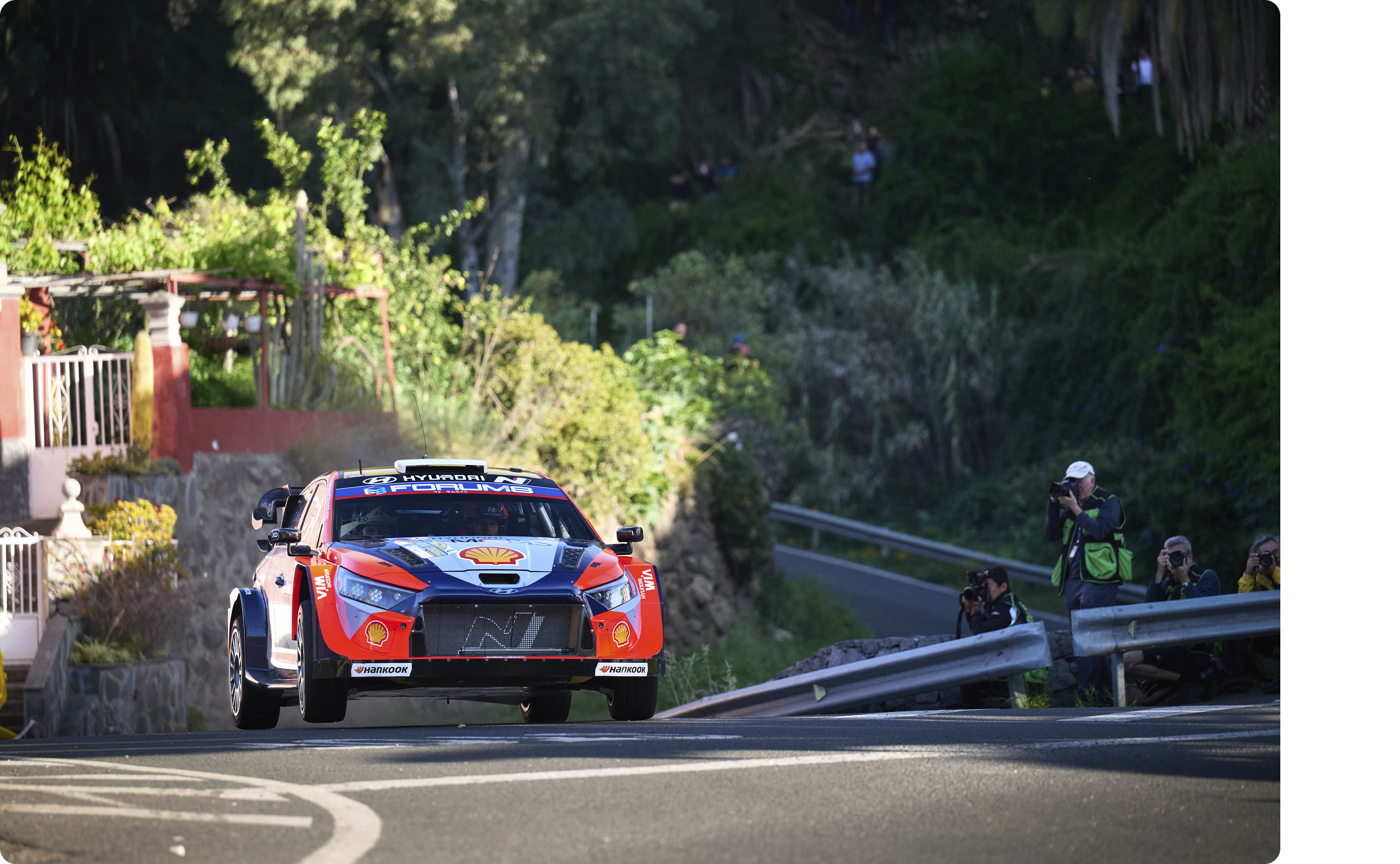
By sunset Rovanperä was firmly in control. Ogier trailed by 26.8 seconds, Evans another 9.6. Pajari and Katsuta made it five Toyotas in the top five. Hyundai’s Neuville, Tänak, and Fourmaux—each over a minute back—filled sixth through eighth. Munster was ninth, nearly a minute behind Fourmaux, while handling woes left McErlean 12th overall, buried among WRC2 cars.
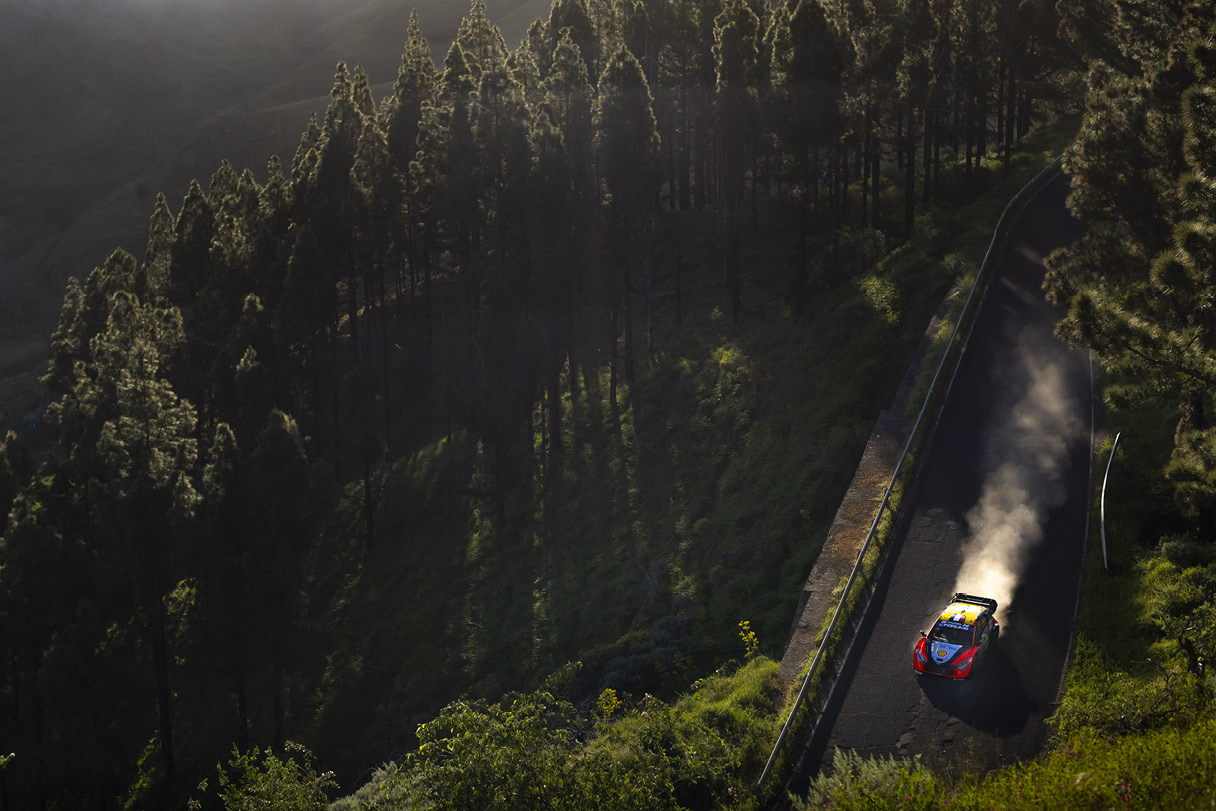
Saturday’s route mixed vicious layouts with micro-climates that changed on a dime. Video: WRC (https://www.wrc.com)
Saturday, April 26—Day 2 opened with 24.09 km SS7 Moya–Gáldar, where damp shade patches muddied tire strategy. SS8 Arucas–Firgas–Teror alternated brutal climbs and plunging descents—flat-out throttle followed by full-tilt braking. Fan-favorite SS9 Tejeda–San Mateo unspooled through postcard scenery but demanded razor-sharp technique.

Night brought SSS13 Las Palmas de Gran Canaria, a 1.8 km crowd-pleaser that repurposed the rally HQ’s basketball arena and surrounding streets—an ERC staple the past three years.
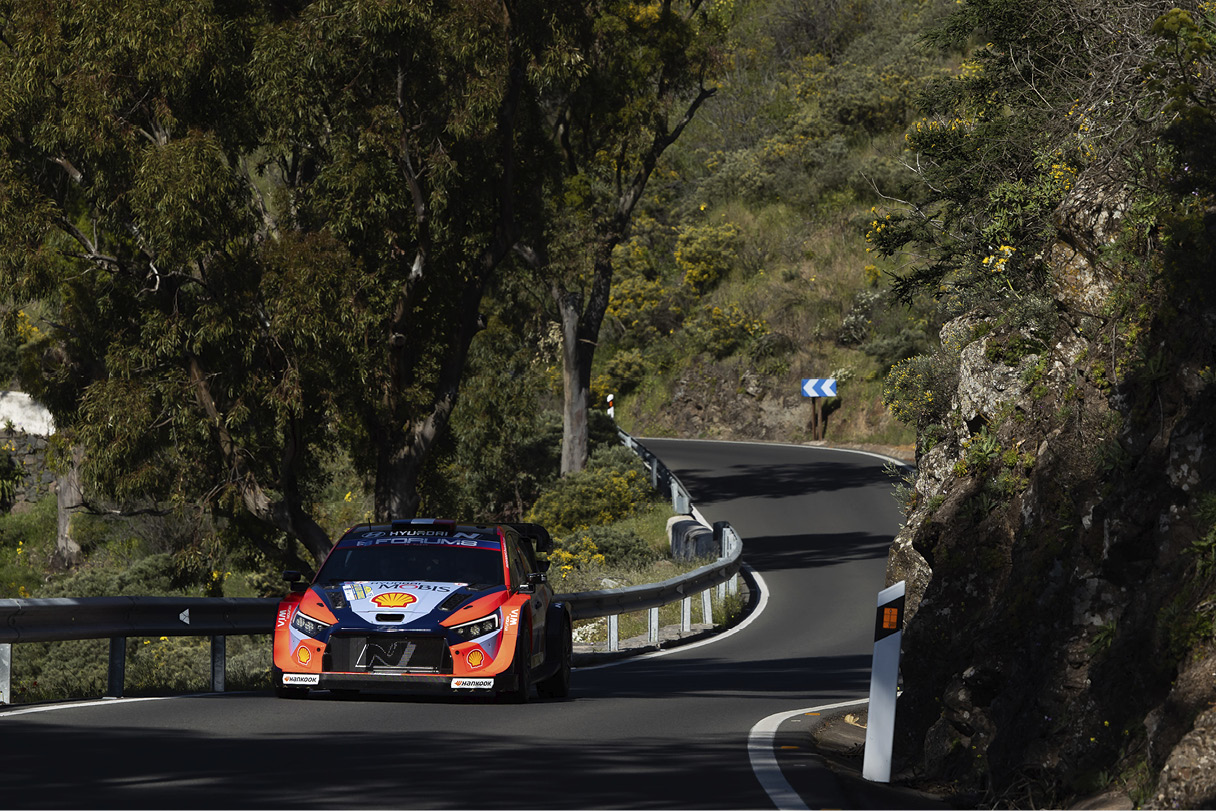
Rovanperä’s rampage continued—six straight stage wins from SS7 onward. Only Evans nicked one (SSS13). By day’s end Ogier was 45 seconds down, with Evans 23 seconds further adrift. Pajari’s understeer-induced crash on SS12 cracked Toyota’s 1-5 sweep, letting Fourmaux climb to fifth. Neuville and Tänak held sixth and seventh. Munster clipped a tree on SS11 and tumbled to 13th.
SSS16 Costa Canaria ran on a seaside kart track—one wildly unconventional stage. Video: WRC (https://www.wrc.com)
Sunday, April 27—The finale launched with SS14 Agüimes–Santa Lucía and SS15 Maspalomas, then the quirky SSS16 Costa Canaria on a coastal kart circuit before rerunning the morning tests. The rally capped with SS18 Maspalomas, a 13.47 km Power Stage blasting from Fataga village to the resort town.
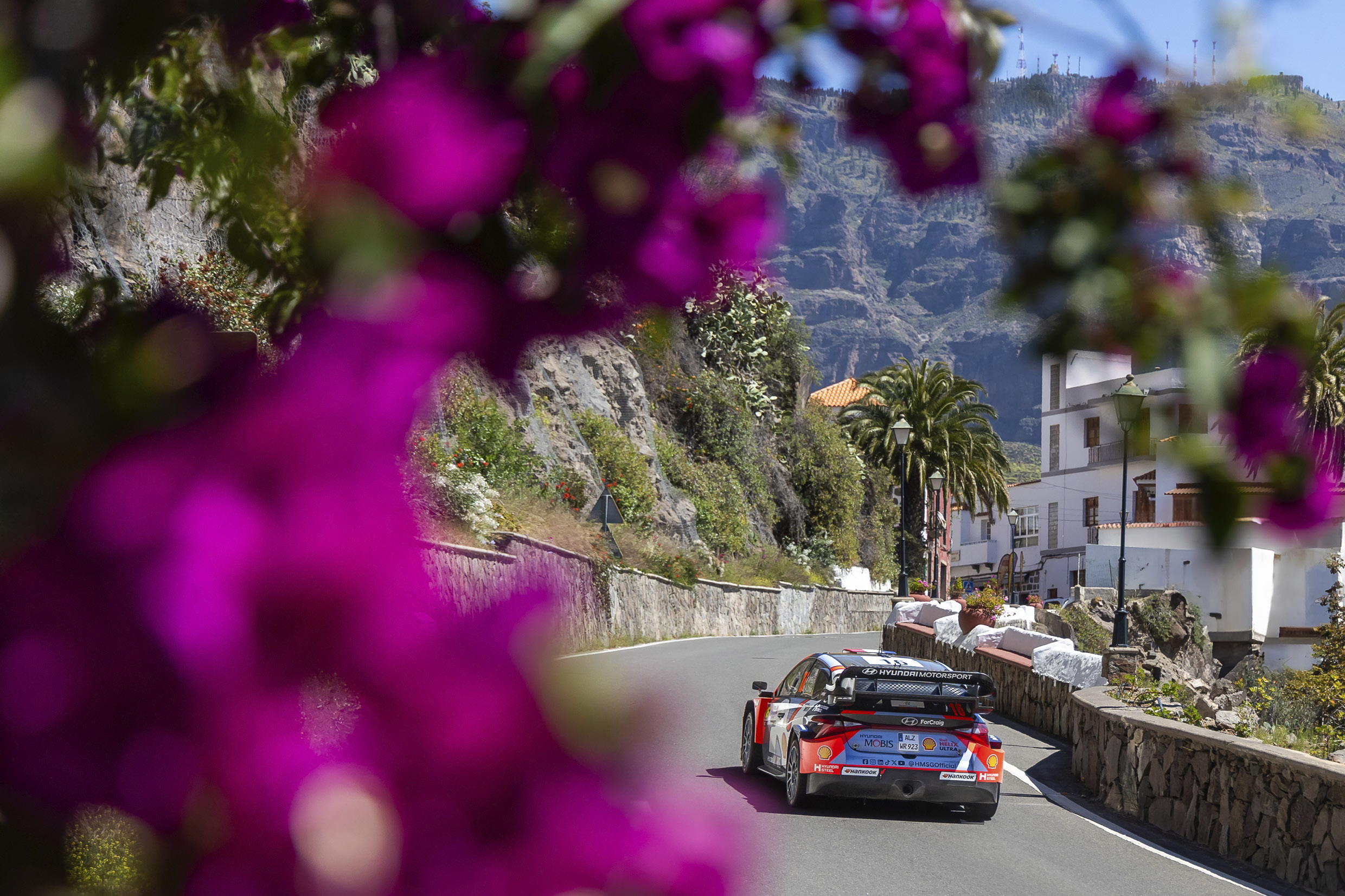
Rovanperä stayed untouchable. First-on-road McErlean slid off and broke the suspension—out. Ogier and Evans slugged it out for P2; Ogier edged ahead by 24 seconds but Evans refused to fold.
By SS14 only three seconds separated fifth-place Fourmaux from sixth-place Neuville, yet Fourmaux admitted his morning tweaks were the worst and said he’d lost confidence. Rovanperä topped SS14 and SS15; Ogier clawed back SS16 and SS17, trimming the gap from 51.1 to 49.5 seconds—too little, too late.
Hyundai salvaged face as Neuville and Fourmaux pocketed a bonus point apiece on Sunday. Video: WRC (https://www.wrc.com)
Rovanperä clinched Rally Islas Canarias—his first win since Chile last September, signaling the young champ is back. Ogier and Evans joined him on the podium, with Katsuta fourth. Fourmaux held fifth, Tänak sixth, and Neuville—delayed over a minute by a puncture in SS17—seventh. Neuville at least grabbed fifth in the Power Stage for an extra point; Fourmaux snagged one in Super Sunday scoring.
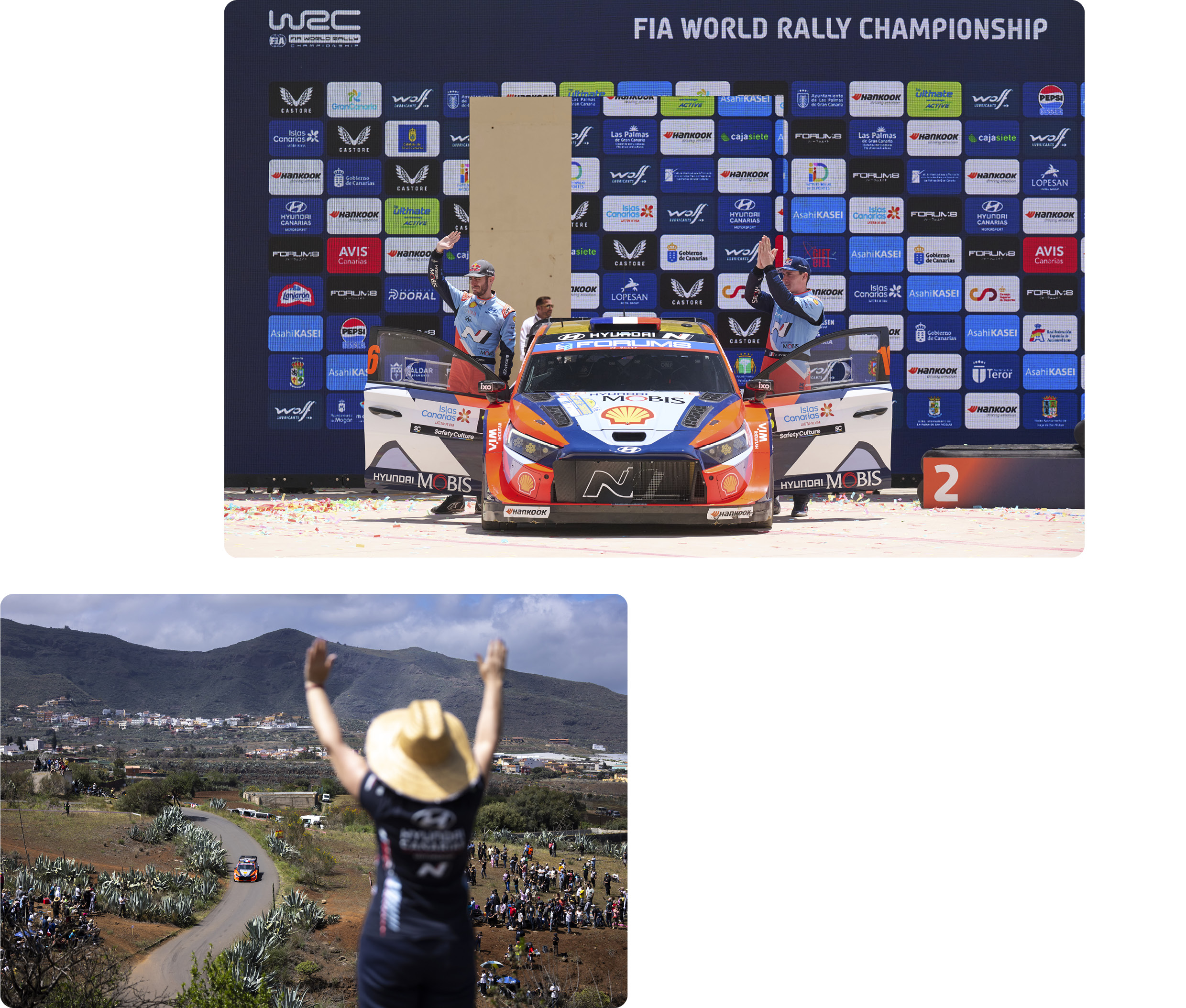
Bottom line: the revised i20 N Rally1’s new suspension never synced with the Hankook slicks on glass-smooth asphalt, and minor setup tweaks couldn’t mask the mismatch. Hyundai technical director François-Xavier Demaison summed it up: “Rally Islas Canarias has been a difficult rally for us. It became an intensive test session where we tried a lot of different things on the car. We kept pushing today [Sunday], but it was very tough against the four Toyotas, who were very fast. On tough weekends like this, you learn a lot of very interesting things, which we believe will not only unlock performance for us on Tarmac, but on gravel as well. We will now take everything we have learned from these setbacks to come back stronger at the next events.” Hyundai plans to let the new i20 N Rally1 off the leash once the WRC returns to gravel. Look for the team to mount its comeback at Round 5—Rally Portugal’s rough dirt roads, May 15–18.
By Soo-jin Lee
In 1991, Lee’s passion for cars led him to enthusiastically write letters to the newly launched Korean car magazine
